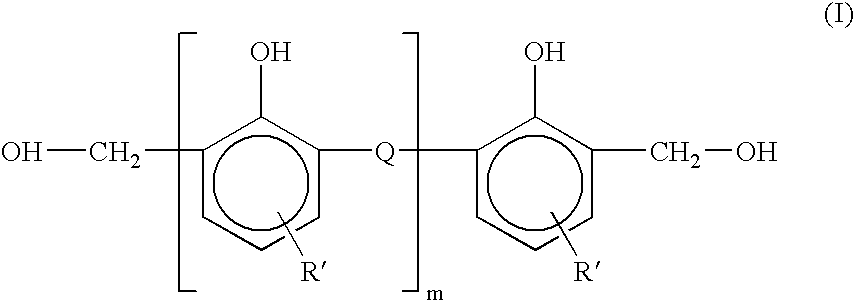Thermoplastic elastomers and process for making same
a technology of thermoplastic elastomers and elastomers, which is applied in the direction of mixing, chemistry apparatus and processes, etc., can solve the problems of insufficient realization of the benefits of carbon black, such as uv stability, and inability to select an oil during the manufacture of thermoplastic vulcanizate, etc., to achieve useful uv stability, reduce the effect of processing steps and efficient production
- Summary
- Abstract
- Description
- Claims
- Application Information
AI Technical Summary
Benefits of technology
Problems solved by technology
Method used
Image
Examples
Embodiment Construction
[0012] The thermoplastic elastomers of this invention include a blend of an elastomeric copolymer and a non-vulcanizing polymer such as a thermoplastic polymer. The preferred elastomeric copolymer is obtained from the polymerization of ethylene, and .alpha.-olefin, and optionally a diene monomer by using gas-phase polymerization techniques. The elastomeric copolymers are advantageously granular and preferably have inert material such as carbon black evenly dispersed therein. These copolymers may be referred to as gas-phase elastomeric copolymers.
[0013] Gas-phase elastomeric copolymers include polymeric units deriving from ethylene, an .alpha.-olefin, and optionally a diene monomer. These monomers are preferably polymerized by using gas-phase polymerization techniques. These techniques are well known in the art as described in U.S. Pat. Nos. 5,783,645 and 6,011,128, which are incorporated herein by reference.
[0014] The .alpha.-olefins may include, but are not limited to, propylene, 1...
PUM
| Property | Measurement | Unit |
|---|---|---|
| Fraction | aaaaa | aaaaa |
| Percent by mass | aaaaa | aaaaa |
| Percent by mass | aaaaa | aaaaa |
Abstract
Description
Claims
Application Information
 Login to View More
Login to View More - R&D
- Intellectual Property
- Life Sciences
- Materials
- Tech Scout
- Unparalleled Data Quality
- Higher Quality Content
- 60% Fewer Hallucinations
Browse by: Latest US Patents, China's latest patents, Technical Efficacy Thesaurus, Application Domain, Technology Topic, Popular Technical Reports.
© 2025 PatSnap. All rights reserved.Legal|Privacy policy|Modern Slavery Act Transparency Statement|Sitemap|About US| Contact US: help@patsnap.com


